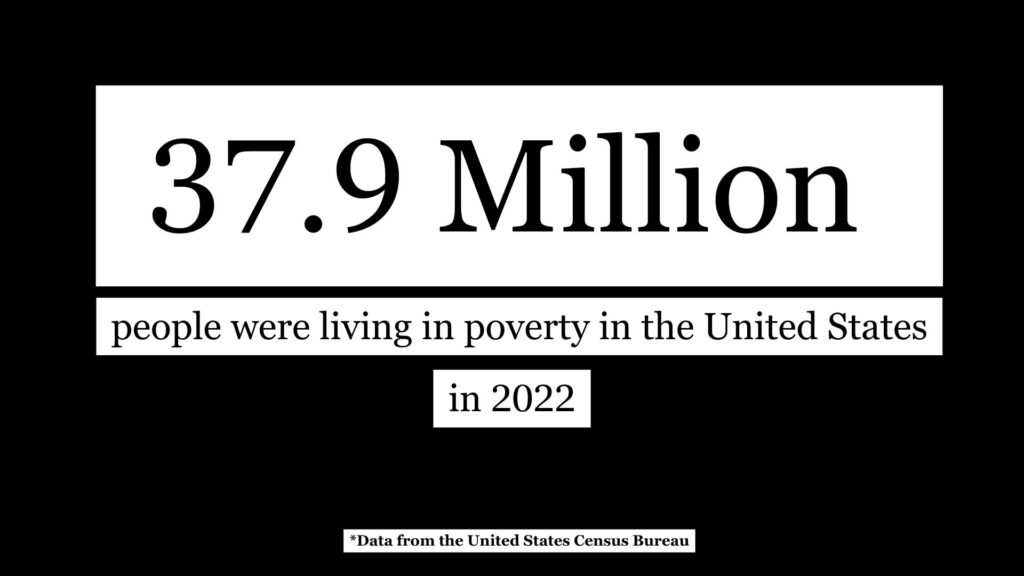
Here are key definitions, facts and figures to orient yourself in poverty journalism.
Why should journalists cover poverty?
- People experiencing poverty have death rates twice the ratio found for people living on incomes above the poverty level.
- Racial minorities experience poverty and economic disenfranchisement at a higher rate than white people.
- Poverty affects a community’s potential for economic development,.
- Racial minority students living in poverty are less likely to earn a high school diploma or attend college than white students.
- People living in poverty are disproportionately exposed to violent crime and traumatic injuries.
- Earning an income below the poverty level puts individuals at a higher risk for developing chronic diseases.
How is poverty calculated?
According to the United States Census Bureau, the poverty threshold is defined as “the dollar amounts used to determine poverty status,” which is adjusted for inflation every year. Poverty thresholds are the same throughout the United States and do not vary by state or county. Thresholds do vary by the specific family sizes and the ages of those in the family unit.
The Census Bureau states, “incomes of all related family members that live together are added up to determine poverty status.” Once a family’s income is determined to be less than the poverty threshold for that family, everyone in that family unit is considered living in poverty. Poverty status cannot be determined for those in jail, children under 15 in foster care, or people living in nursing homes, college dormitories, military barracks or unconventional housing.
The Census Bureau uses several factors to determine if an income is within poverty status. These factors include earnings, unemployment compensation, workers’ compensation, social security, supplemental security income, public assistance, veterans’ payments, child support and many other factors. For a complete list of these factors, visit the Census Bureau’s website.
Key facts



Top myths about poverty
- Myth 1: People living in poverty are fully to blame or have no responsibility.
- Both are wrong because many factors are beyond their control.
- Myth 2: Poverty is a permanent condition.
- It is not. Jobs, government assistance and global economic trends can influence a person’s economic status from one month to the next.
- Myth 3: Most people living in poverty don’t work. If someone has full-employment, they aren’t living in poverty.
- Incorrect. Actually, many people living in poverty do have jobs. People can work multiple minimum-wage jobs and still not make enough to be above the poverty threshold.
- The word “full-employment” implies comfort, but the lack of a living wage and inadequate health care coverage leads to many fully employed people continuing to live in poverty.
- Myth 4: People who are experiencing poverty are more inclined to have a certain set of stereotypical values, political beliefs and education.
- Poverty casts a wide net and affects people from all walks of life. It’s impossible to know if someone is living in poverty without knowing their specific, personal financial situation.
Lillie Beck graduated with a journalism degree in fall 2020 from the University of Georgia.
To see why covering poverty is so important, check out this video:

